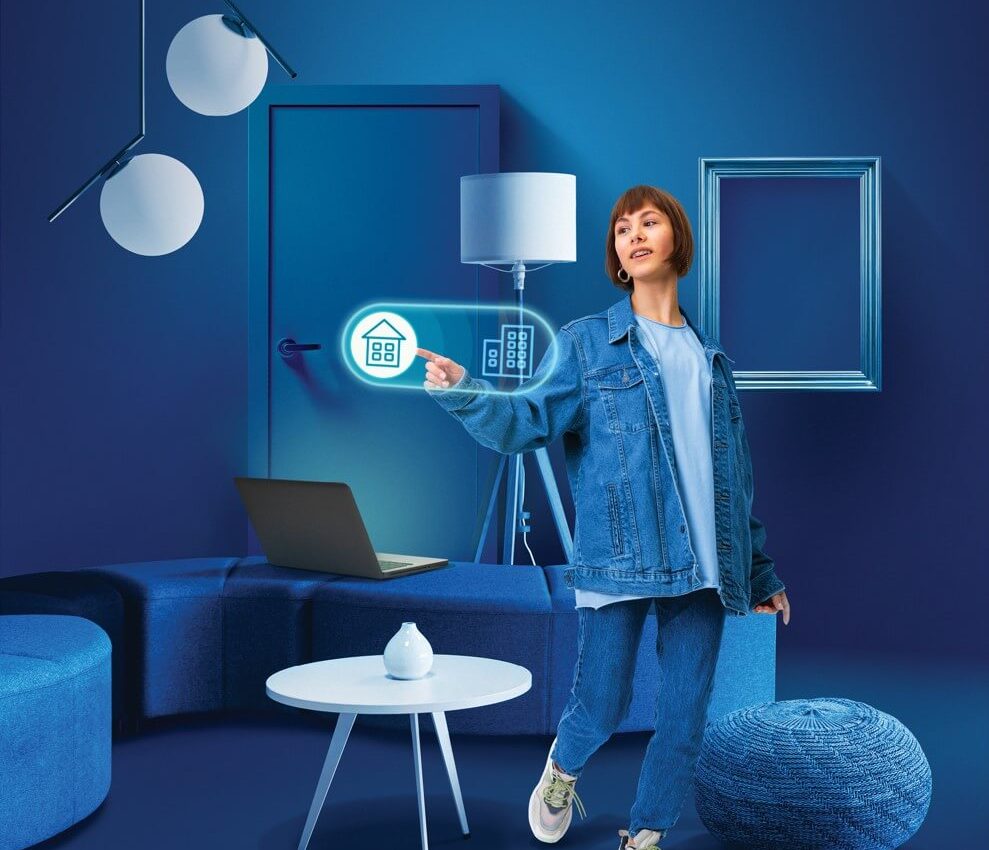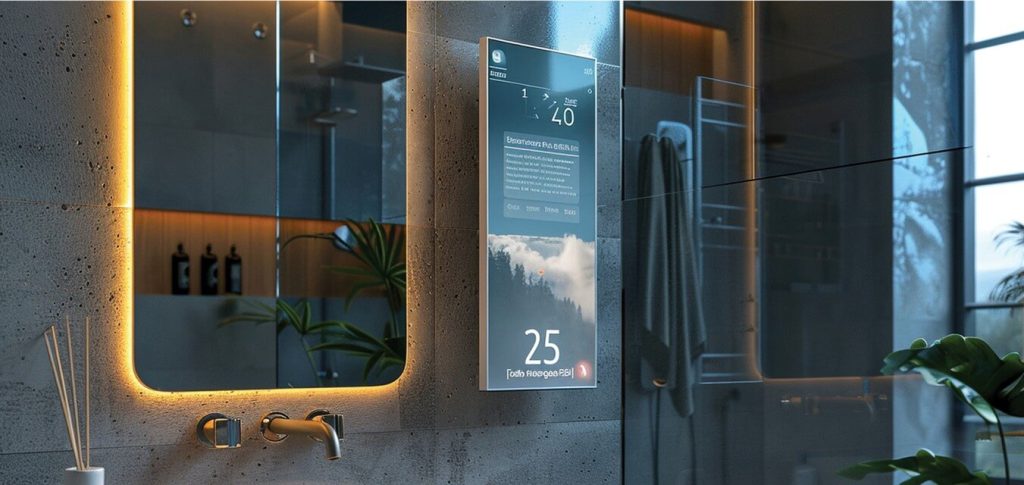Smart Home Trends 2024: Innovations Shaping the Future of Living Spaces

As we move further into the decade, the evolution of smart home technology continues to accelerate, redefining our daily living experiences. The year 2024 is witnessing several groundbreaking trends that not only enhance home automation but also focus on sustainability, security, and personalized living environments. These trends are set to transform houses into more connected, efficient, and responsive spaces. Here’s an insight into the key trends driving the smart home industry in 2024.
Enhanced Integration and Interoperability
One of the most significant trends in 2024 is the enhanced integration and interoperability among different smart home devices. Manufacturers are increasingly prioritizing systems that can seamlessly connect and communicate with each other, regardless of the brand. This interoperability is largely facilitated by advancements in IoT (Internet of Things) standards and protocols, making it easier for consumers to build and expand their smart home ecosystems without being locked into a single ecosystem.
AI and Predictive Home Automation

Artificial Intelligence (AI) continues to be a cornerstone of smart home technology, with systems becoming more predictive and personalized. In 2024, AI is not just reactive but anticipatory, learning from residents’ behaviors and adjusting environments to suit their preferences and schedules. For instance, smart thermostats now predict your preferred temperature settings for different times of the day and adjust automatically, while smart refrigerators can track your food inventory and suggest recipes, even ordering groceries when supplies run low.
Focus on Security and Privacy

As smart homes become more common, security and privacy concerns are more front and center than ever. In response, 2024 sees a surge in advanced security features, from biometric security systems that use facial recognition and fingerprints to grant access, to more sophisticated encryption methods for data protection. Additionally, products are increasingly designed with privacy safeguards built-in, addressing consumer concerns about data sharing and surveillance.
Sustainable and Energy-Efficient Homes
Sustainability is a major theme in 2024, with smart homes playing a crucial role in promoting energy efficiency. New smart home products are designed to minimize energy consumption and carbon footprints. Smart lighting systems that adjust based on natural light levels and occupancy, and intelligent HVAC systems that optimize energy use based on weather forecasts and household patterns, are becoming standard. Moreover, integration with renewable energy sources, such as solar panels, allows homes to generate their own energy and even sell back excess power to the grid.
Health and Wellness Monitoring

Another burgeoning trend is the use of smart home technology to monitor health and enhance wellness. Smart mirrors and bathroom scales provide health data that can be tracked over time, offering insights into well-being. Air quality monitors that detect pollutants and adjust air filters accordingly are also increasingly common, ensuring a healthy indoor environment. Moreover, in an age still shadowed by the global pandemic, touchless technology and enhanced air filtration systems are standard in new smart homes, providing both convenience and safety.
Voice Control and Beyond
Voice assistants remain popular for controlling smart home devices, but 2024 sees a shift towards more nuanced and natural interactions. Voice commands are more context-aware and capable of handling multi-step actions. Additionally, gesture recognition technology is emerging, allowing users to control devices with simple hand movements, reducing the need for physical contact and enhancing the accessibility of smart home technologies.
Conclusion
The smart home trends of 2024 reflect a blend of innovation, convenience, security, and sustainability. As technology continues to advance, the focus remains on creating not just more connected, but smarter homes that anticipate needs and prioritize the well-being of their inhabitants. This evolution promises not only enhanced lifestyle convenience but also a significant step forward in how we think about and interact with our living spaces.






